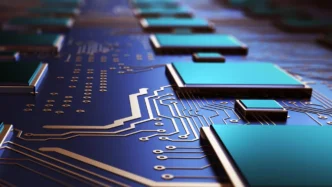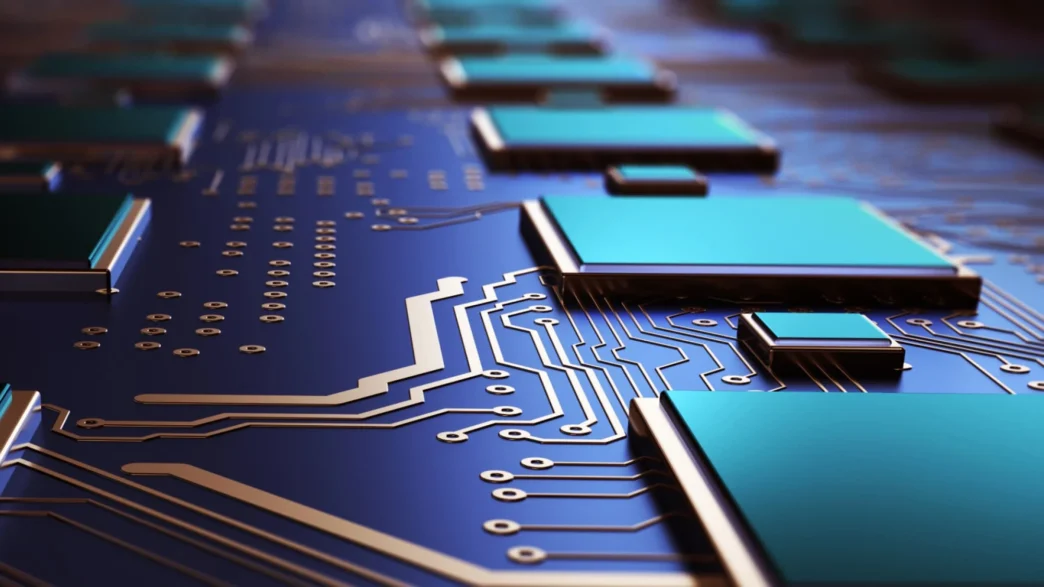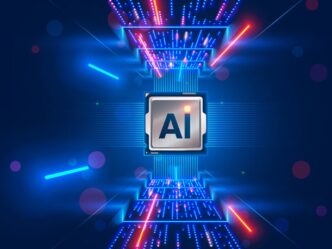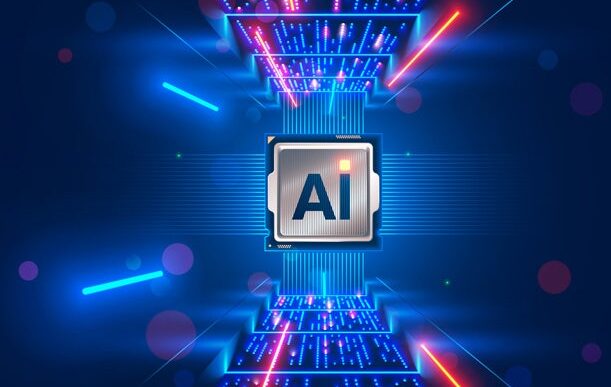As we step into 2025, technology continues to transform our lives in unimaginable ways, bringing innovations that were once confined to the realm of science fiction into reality. From AI-driven nuclear power systems to invisible digital assistants, the landscape is evolving faster than ever. Here’s a closer look at the top 10 technology trends set to redefine the future.
- Nuclear Energy Powering AI Infrastructure
Nuclear energy is emerging as the go-to solution to meet the rising energy demands of AI and high-energy technologies. As AI’s need for power grows exponentially, tech giants are turning to nuclear energy to ensure a steady and clean energy supply. This shift is driving investments in nuclear reactor innovations and waste management solutions, as renewable energy alone can no longer meet the rising energy consumption.
- Autonomous AI Systems
Autonomous AI, often referred to as agentic AI, is set to be a dominant force in 2025. These autonomous “agents” are designed to perform tasks without human intervention, surpassing the basic query-response capabilities of current generative AI. From self-driving vehicles to robotic process automation and virtual assistants, agentic AI is already finding applications in various sectors, revolutionizing industries from transportation to customer service.
- Neuromorphic Computing: Brain-Inspired Innovation
Neuromorphic computing mimics the human brain’s architecture to improve computational efficiency. Unlike traditional systems that process information sequentially, neuromorphic systems enable parallel processing, which is faster and more energy-efficient. By using chips designed to function like neurons, neuromorphic computing promises a quantum leap in performance, taking artificial intelligence to new heights.
- AI-Generated Synthetic Media
Synthetic media is reshaping content creation, with AI playing an integral role in producing and distributing digital media. Recently, radio stations have experimented with AI-generated hosts, creating virtual announcers for their audience. While some projects have received mixed reactions, synthetic media is expected to evolve rapidly, creating new forms of interactive and engaging AI-generated content in the near future.
- Extended Reality (XR): Redefining Immersive Experiences
By 2025, XR (which includes virtual reality, augmented reality, and mixed reality) will dramatically impact industries such as education, training, retail, and entertainment. Whether it’s students exploring historical events in VR or technicians receiving real-time digital overlays for complex repairs, XR is set to blur the boundaries between the digital and physical worlds, enhancing engagement and improving outcomes across various sectors.
- Micro LLMs: Efficient AI for All
Micro LLMs are compact, efficient versions of large language models tailored for devices with limited computational resources. These smaller, specialized AI models enable real-time, task-specific AI applications, making advanced natural language processing accessible for a wider range of devices, from mobile phones to edge computing systems. This will democratize AI capabilities, opening doors for medium and small businesses to harness the power of generative AI.
- Post-Quantum Cryptography: Preparing for a New Era
With quantum computers becoming increasingly capable, the era of post-quantum cryptography is imminent. As quantum machines like Google’s Willow chip have demonstrated, quantum computing can break current encryption methods, prompting the need for new, quantum-resistant cryptographic algorithms. This will lead to the development of next-generation security systems that can withstand the capabilities of quantum computers.
- Hybrid Computing: Combining the Best of All Worlds
Hybrid computing systems combine traditional computing, quantum systems, cloud, edge devices, and neuromorphic technology to tackle complex tasks. These integrated systems allow for more efficient resource allocation and faster processing, but managing them requires careful design to prevent delays or failures. Hybrid systems will be essential for industries that require high levels of computational power, such as finance, healthcare, and research.
- Spatial Computing: Blurring the Digital and Physical Realms
Spatial computing is the integration of virtual environments with physical spaces through platforms like VR, AR, AI, and IoT. Devices such as Apple’s Vision Pro glasses are ushering in a new era of spatial computing, enabling users to interact with digital worlds seamlessly. This technology will revolutionize industries like architecture, gaming, and healthcare, enhancing both user experiences and productivity.
- Ambient Invisible Intelligence: AI That Seamlessly Integrates Into Our Lives
Ambient invisible intelligence refers to AI technologies that operate unobtrusively in the background, enhancing our environments without requiring active input. This evolution represents a shift toward intuitive, passive AI interactions, where devices anticipate needs and respond automatically. From smart homes to healthcare and transportation, invisible AI will become a constant presence in daily life, improving convenience and efficiency across industries.
The technological landscape of 2025 is one where AI, quantum computing, and immersive technologies converge to create groundbreaking solutions. While these innovations present exciting possibilities, they also come with challenges. As we move forward, these trends will continue to reshape industries and daily life, creating a future that is even more interconnected, intelligent, and dynamic than we ever imagined.
















